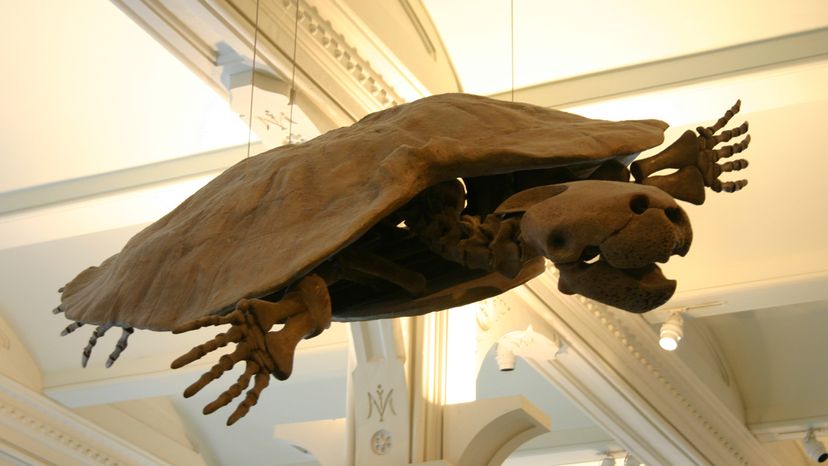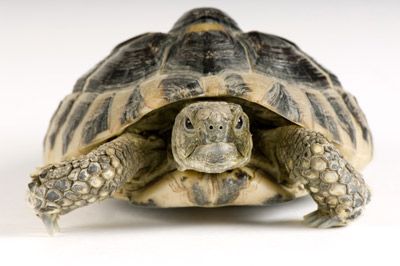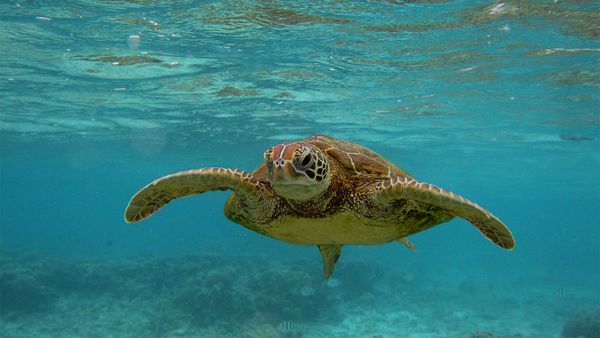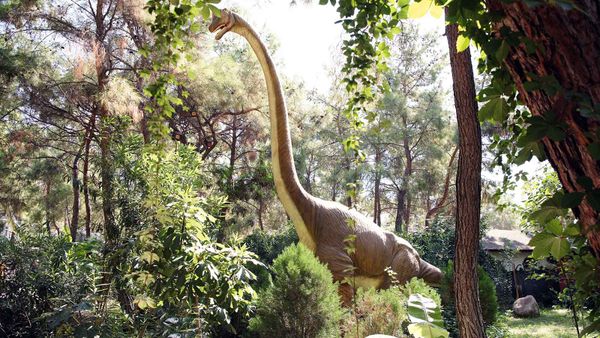
Some of our favorite animals used to be bigger. The giant beaver of the Pleistocene was the size of a black bear and the Titanoboa was a snake longer than a school bus and as big around as a tractor tire. There were hippo-sized wombats, humongous sea scorpions, and birds of prey the size of small jets.
New research published in February 2020 in the journal Scientific Advances beefs up our picture of Stupendemys geographicus, a giant freshwater turtle the size of a sensible four-door sedan, which lived in the coastal wetlands of South America between 5 and 10 million years ago, before the Amazon river was formed. The study found that the turtle was 100 times heavier than its closest modern relative, and had the largest carapace, or shell, of any turtle ever known.
Advertisement
The whopping 2,524-pound (1,145-kilogram) goliath was also ready for battle. Some carapaces were tricked out with front-facing horns, sitting on both sides of their heads – something scientists haven't seen before in prehistoric turtles.
"The two shell types indicate that two sexes of Stupendemys existed – males with horned shells, and females with hornless shells," said Marcelo Sánchez, director of the Paleontological Institute and Museum at the University of Zurich, in a press release.
Their shells were also covered in big scars and puncture marks, suggesting a few things about Stupendemys: These big brutes were fighters, the males and females looked different, and the males might even have fought each other for access to females. The horns could also have come in handy in fighting off Purussaurus, an unspeakably hefty caiman that weighed 9.25 tons (8.4 metric tons) and required 90 pounds (40.6 kilograms) of food a day just to get by.
Although Stupendemys geographicus was first described in the mid-1970s, this study has revised what we know about the size, anatomy, distribution and ecology of this turtle beast. Because the vast wetlands of prehistoric Venezuela and Colombia could support such a heavy-duty team of reptiles, Stupendemys and Purussaurus probably duked it out until their ecosystem could no longer support them.
Let this be a lesson to us all.
Advertisement


